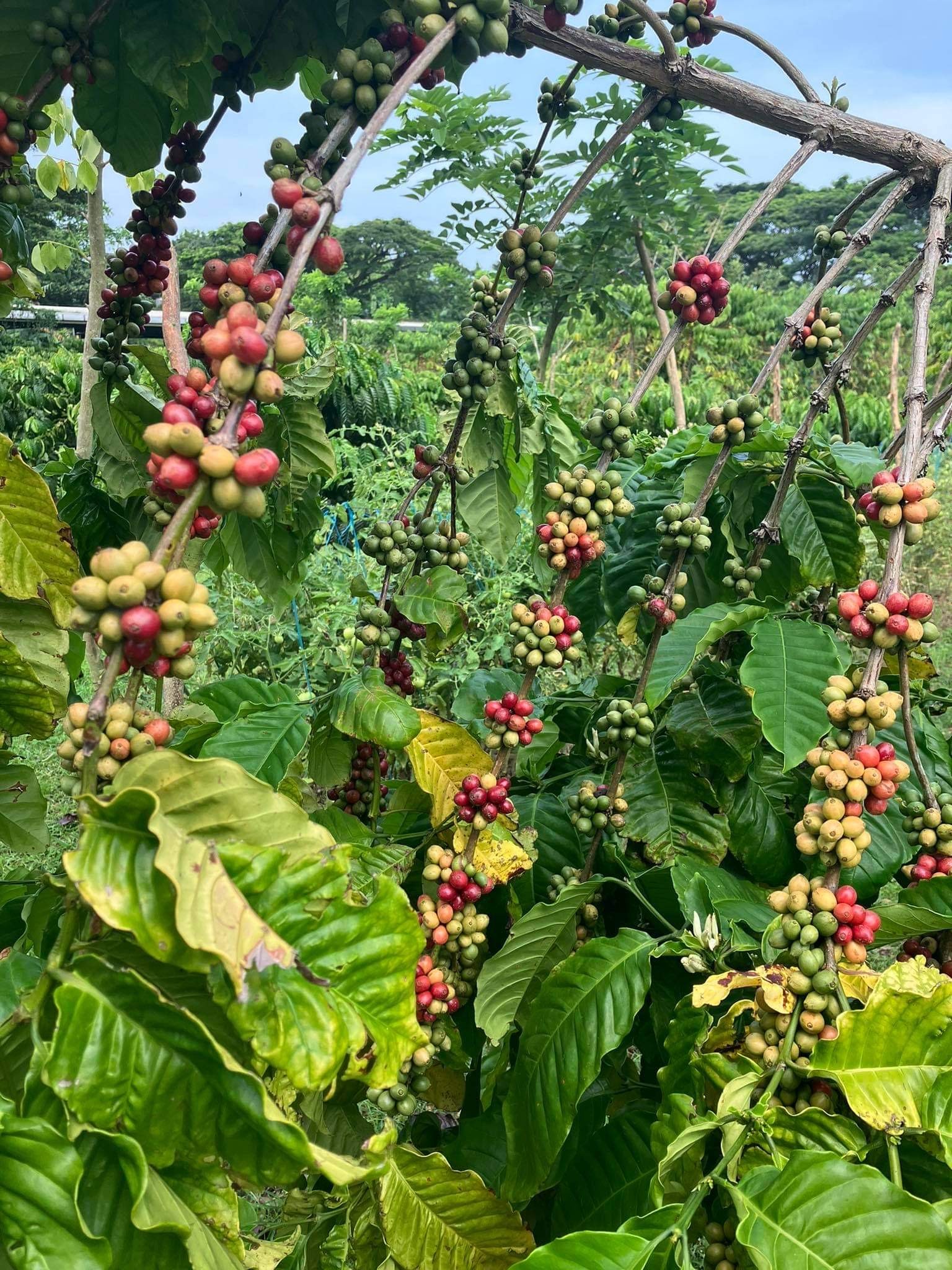
Filipinos like to start their day with a cup of coffee. Unfortunately, local supply cannot keep up with the rising demand. This is where imported coffee comes into play.
Coffee is the second most consumed beverage in the Philippines, after water. Despite this, the coffee that Filipinos consume is mostly sourced internationally. In 2020, only 15 percent of coffee in the local market is domestically grown.
Coffee growers switching to other crops, inefficient farm practices due to a lack of understanding of proper coffee farming practices, aging farmers, climate change, and soil-damaging farming approaches, among other factors, are some of the factors contributing to this.
Nestlé saw these challenges and has been helping bridge the gaps between the local supply and demand for coffee through its coffee brand NESCAFÉ.
In 2010, Nestlé introduced a long-term global initiative called the NESCAFÉ plan with a vision to help farmers and consumers around the world understand and adopt responsible production, processing, and consumption of coffee and educate them about the issues that affect the coffee industry.
In the Philippines, the NESCAFÉ plan is “one of the longest-running and most successful public-private partnerships in the coffee industry.”
For the past 12 years, the company’s collaboration with multiple sectors has resulted in significant milestones, which include providing training and technical assistance to over 8,000 Filipino coffee growers each year and boosting the farmers’ yields, income, and quality of life.
In 2020, NESCAFÉ also teamed up with TESDA to offer a coffee farming certification course, which had 473 graduates in 2021 and 500 scholars enrolled in 2022.
With the assistance of the government, NESCAFÉ continues to produce and distribute high-quality Robusta plantlets to farmers. Nestlé Philippines has grown and handed 16.4 million plantlets to local farmers since 2011.
In line with this, NESCAFÉ has made a commitment to prioritize and purchase locally-grown coffee directly from farmers, cooperatives, and consolidators for its products. In fact, NESCAFÉ is the biggest buyer of the country’s Robusta coffee beans.
Living through climate change
In the face of the worsening effects of global warming, Nestlé globally launched Nescafé Plan 2030 on October 4, 2022 “to help drive regenerative agriculture, reduce greenhouse gas emissions, and improve the coffee farmers’ livelihood over the next eight years.”
Regenerative agriculture is an agricultural approach that optimizes soil health, fosters biodiversity, and safeguards the beneficial fauna and organisms that are essential to keeping the environment in balance.
Planting cover crops as soil protection, using organic fertilizers, diversifying the farm through intercropping and agroforestry, as well as pruning and grafting old coffee varieties with new and improved varieties are some of the principles of regenerative agriculture.
In relation to the Nescafé plan, over 81 percent of local coffee farms that Nestlé reached out to have adopted intercropping into their farm, and they intend to introduce more regenerative farming practices to more coffee growers.
Empowering our current and future coffee producers is one step towards making the Philippines self-sufficient in coffee. Let’s hope that, with such private and public efforts, we won’t get to the point where we run out of coffee trees and completely rely on our neighboring countries for coffee.
Photos courtesy of NESCAFÉ Philippines.